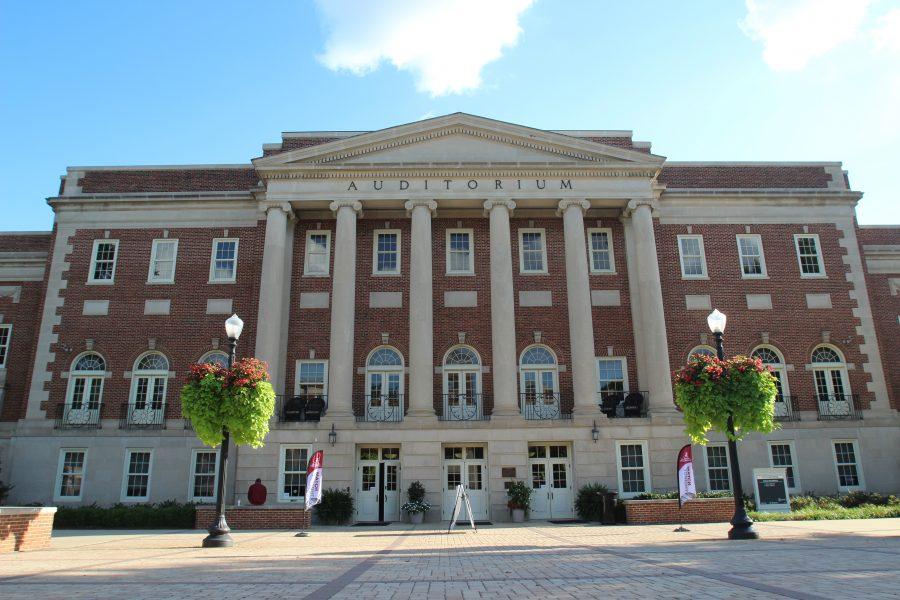I can’t tell you the date; all I remember is that it was a Sunday morning. It was one of many long, nondescript Sunday mornings I spent on the hour-long ride from my home in the Wiregrass to DeFuniak Springs, Florida, where my family attended church. I don’t know what it was that made it stick out to me that day. I had seen it so many times before. All I know is that it sparked an unrelenting flame of self-awareness, one that flickers from time to time but burns often enough to remind me of who I am.
That confederate flag on the grounds of the DeFuniak Springs courthouse still flies today. I didn’t really understand it at the time, given that we had just learned about the Civil War in school, and I was told that the South lost, so I asked my dad about it. After that morning’s benediction at the A.M.E. church I attended for my entire childhood, we stopped at my aunt’s house near Lake DeFuniak, in what I would learn was the “white” side of town, to drop off my younger sister. She loved to read, so I left her my copy of Shel Silverstein’s Where the Sidewalk Ends, and got back in the car.
The sidewalk ended about half a mile down the road. We entered a neighborhood I vaguely remembered but had never stopped in. I saw my father’s childhood home, across the street from Tivoli, the old black high school where my grandfather, a 27-year city councilman at the time of his death, had served as principal. I saw streets named after my family members and kids I recognized from church playing in the streets. But I also saw a new kind of poverty. There were no sidewalks in this neighborhood or even streetlights. The smooth, concrete roads near my aunt’s house were replaced – exactly at the line where Jim Crow once used his batons and water hoses to separate black from white – by rough asphalt. And then I understood. In a city where government services were still denied to the population that needed them most, where my aunt’s presence in a white neighborhood was the exception to a nearly unbreakable rule, flying the confederate flag on municipal property made sense.
Perhaps it’s time we fly the confederate flag on the campus of The University of Alabama.
Why shouldn’t we? My history teachers throughout middle and high school were quick to defend the South. “Northerners are just as racist,” they said. “They’ll just hide it from you. Racism in the South is more straightforward.” So what’s happened to the University? Has our influx of out-of-state students made us become the dreaded Yankees? Are we afraid to show the world our true colors?
Not quite. The building my honors classes are in is named after a prominent eugenicist, so that’s a step in the honest direction. In fact, the names of ardent white supremacists grace the mantles of several buildings on campus, ironically including B.B. Comer Hall, which houses our international programs. Our streets are still lined with antebellum mansions filled with mostly white, privileged youths being served by all-black kitchen staffs, and we remain one of the only major schools in the country without an office of diversity.
Yet still, my time at this institution, and all of its recent history, has been characterized by an administration eager to apply Band-Aids to bullet wounds. In 2013, after being dragged kicking and screaming into making minor changes to the white Greek system, all was well. The perverse doctrine of progress advocated by those who wish to see more black and female Fortune 500 CEO’s, in which the oppressed are not liberated, but a select few minorities are allowed to join the ranks of the oppressors, had been achieved. Bill Cosby even came to campus to celebrate. Just a few years before, the University dedicated Malone-Hood plaza, celebrating the first black students to attend The University of Alabama, while half-heartedly “investigating” the racial slurs chalked across campus that year. But building that plaza while doing nothing about the structural inequalities it represents is no different than building a memorial for an ongoing war. Attempting to reconcile problems of the past in place of correcting the problems of the present is ignorant at best and vindictive at worst.
Legend has it that Louisa Francis Garland, First Lady of the University during the Civil War, stopped Union soldiers from burning down the President’s Mansion as they burned the rest of the campus. Sometimes I wish she hadn’t. Sometimes I wish I could stand on the ashes of the remaining slave-built properties on this beautiful campus and rejoice. But it wouldn’t matter. They would just rebuild them and name them after more people who hate me. So I’m conceding defeat. I no longer believe this is a place that will be fixed. Fly your flag, keep the names of racists on your buildings, but don’t you dare pretend that this school was built for me any more than it was for Autherine Lucy or Vivian Malone or James Hood. As long as the sidewalk ends at every black front door, you’re all still confederates.
Kyle Campbell is a junior majoring in political science. His column runs biweekly on Wednesdays.









